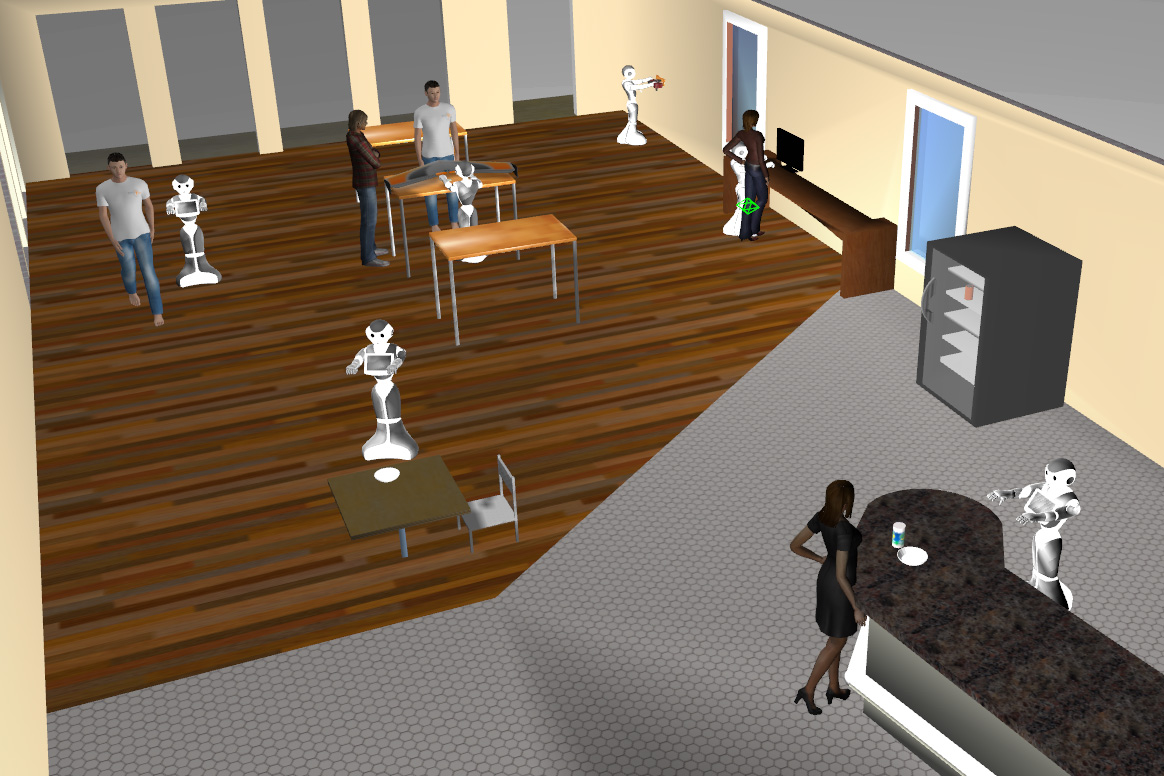Photography, electronics, ham radio, model airplane, 3D printing, astronomy, …, there are many science and engineering related hobbies. Most of these hobbies have their dedicated forums, magazines, trade shows, and competitions. Behind each of these hobbies, there is an ecosystem of companies, large and small, making general or specialized equipment and software.
Robotics as a hobby? It’s starting to be a thing now, but not quite comparable to the established ones yet. There are several organized robotics events, like FIRST, involving tens thousands of kids. But a hobby is something more personal and spontaneous… Where are the robotics hobbyist forums? magazines? organizations, trade shows? competitions? To be fair, some of them are popping up, but the reach has been limited.
What makes a hobby popular? In my opinion, based on experiences with my two hobbies, amateur astronomy and photography, several factors are important. First, it needs to be intriguing. Second, it needs to have a low entry barrier: e.g., a kid with no one around to help can get started and accomplish something, enough to sustain the interest. Third, it needs to have no upper bound in terms of what can be achieved; e.g., room for fiddling, imagination, and creativity. Anyone in a hobby would know that it’s an endless endeavor to complexity and perfection. Afterall, a hobby is a form of obsession. Finally, the connections between the easy (entry) parts and the hard (advanced) parts need to be there.
I think robotics is intriguing for an enough number of people. It has the room for people to show their talent and creativity, in limitless ways. Getting a low-end robot kid is also not much more expensive than a low-end camera/radio/telescope; maybe a bit harder to use at first. So what is the problem? maybe it’s in the connections. What would you do once you are ready to move up from your Lego Mindstorms? Do you have to discard all the kit you have and start over with a new system? Is the knowledge you gained with a Lego robot transferable to a robot based on Raspberry Pi? What if you want to add soft manipulator, mapping, and natural language processing to your hobby robot? There are open-sourced ways to do that, but not obvious to most people.
Of course, a hobby does not have to be easy, and we don’t want it to be easy as well. Most hobby involves hard problems. For example, few amateur astronomers know how to grind a mirror (although that was how astronomy became popular during the Great Depression) and even fewer know how to make a lens. However, imaging near telescopes’ diffraction limit, discovering exoplanets, amateur astronomers are making great contributions to both engineering and science.
Amateur Roboticists can be this successful too. Of course, the growth of a hobby is an emergent behavior, depending on many factors such as people’s influence on each other. Here, I have a few ideas that may help improve the connections between “entry-level” and “advanced” activities. First, coming up with standardization of key robot components (e.g., hardware and software interfaces) so multiple companies and amateurs can contribute to their developments. Second, making ROS (Robot Operating System), an already successful middleware platform to researchers, accessible to high-school students and hobbyists, through easier interface and readable documentation, and provide demos on common platforms (e.g., robots developed for FIRST and VEX competitions). Three, leveraging the 3D simulation capabilities and people’s interest in gaming to develop open-source robot simulations for the hobbyist community.
Once robotics becomes a popular hobby, companies would make more money, hobbyists would have more toys, researchers would have more helpers, the acceptance of robotics would improve, and the field of robotics would advance faster!
P.S. a key difference between professionals and hobbyists: professionals get paychecks to do certain things. Hobbyists spend their paycheck to do the same things. You can probably tell that the hobbyists are often more motivated…



